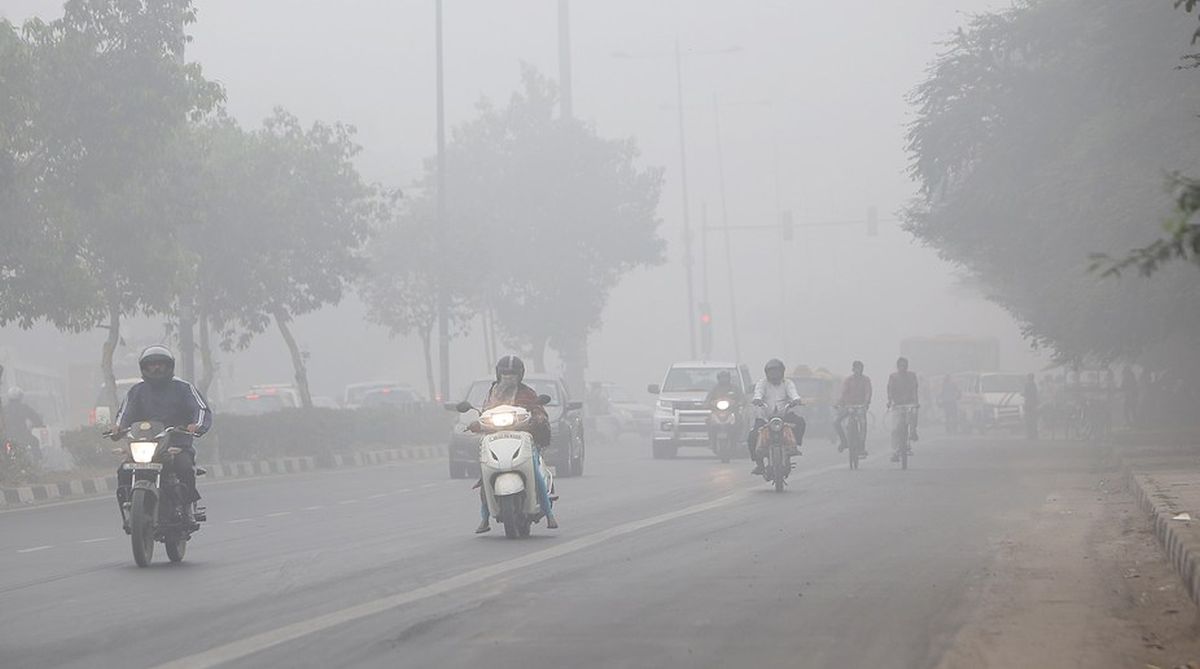The public works department of the Delhi government on Thursday carried out a drive to sprinkle water in several areas to settle suspended dust particles as part of efforts to check pollution.
The measure comes on a day when Delhi recorded its worst air quality after Diwali, which saw people in several cities across the country bursting crackers even beyond the two-hour deadline set by the Supreme Court.
Advertisement
According to an official, the department’s field staff sprinkled water in ITO, Rohini, Dwarka, Ring Road and other areas of the national capital.
The water sprinkling drive will continue for the next few days as part of anti-pollution measures, the official said.
The Supreme Court has allowed people to burst firecrackers from 8 PM to 10 PM only on Diwali and other festivals. The Supreme Court also allowed manufacture and sale of just “green crackers” which have low emission of light, sound and harmful chemicals.
But despite the court’s order, firecrackers were burnt before and after the set deadline.
Delhi’s citizens on Thursday struggled to breathe better air as pollution levels spiked across the city after Diwali, touching the “very poor” category.
According to the Central Pollution Control Board (CPCB), the Air Quality Index (AQI) for the Delhi-NCR (National Capital Region) region at noon was 361.
On Wednesday, Delhi’s air quality oscillated between “poor” and “very poor” categories. At 5 p.m. on Wednesday, the AQI was 283 making it ‘poor’.
On Thursday afternoon, System of Air Quality and Weather Forecasting And Research (SAFAR) recorded the AQI in Delhi at 554.
“Air quality index entered ‘severe’ category at 2 a.m on November 8 and will continue to remain so until evening,” the SAFAR report said. A smoke layer was formed over Delhi and the National Capital Region after 1 a.m. bringing down inversion layer and trapping pollutants rapidly,” it said.
Surface winds have continued to play a major role, it said, as it was calm (2.1 kmph) on Thursday afternoon, so pollution levels were expected to build-up rapidly due to the stagnation.
“The contribution of stubble fire appears to be marginal so far,” SAFAR stated.
It said the particulate matters PM2.5 and PM10 in Delhi-NCR was 450 and 578, respectively.
In its earlier report SAFAR warned that compared to last year, even if half the amount of firecrackers were burst this Diwali, the region’s air quality was likely to go to up to “emergency” levels for two days with a spike in PM2.5 levels.
(With inputs from agencies)









